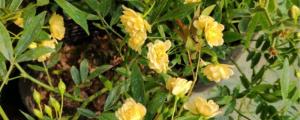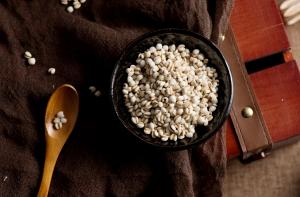What is a Grafted Plant?
Grafting is a fairly common technique in the world of gardening and horticulture that involves combining two different plant species to create a new hybrid plant that possesses the best characteristics of both. A grafted plant is essentially a combination of two separate plants that have been spliced together at their stems or roots to form a single, genetically modified organism.
Why Gardeners Use Grafted Plants?
Gardeners often use grafted plants as a way to create a stronger, more disease-resistant plant that is better suited to the specific conditions of their garden. Certain plant species may be more prone to certain diseases or pests, whereas others may be hardier or more resilient. By grafting two plants together, a gardener can create a hybrid that has the best of both worlds.
For example, a gardener may graft a tomato plant, which is susceptible to certain diseases, onto the roots of a more disease-resistant plant such as a potato or eggplant. The tomato plant will still produce fruit, but it will be more likely to thrive and resist disease due to the strength and resilience of the rootstock.
How Grafting is Done?
Grafting involves taking a section of stem or root from one plant, called the scion, and attaching it to the stem or root of another plant, called the rootstock. The two plants are essentially grown together as one, with the scion growing above the graft and the rootstock growing below the graft.
Once the graft has been made, it is important to keep the new plant well-watered and protected from extreme temperatures and other stressors until it becomes established. The roots of the rootstock will eventually grow into and support the scion, creating a single, healthy plant.
The Benefits and Drawbacks of Grafting
There are several benefits to using grafted plants in gardening and horticulture. Grafting can produce plants that are more disease-resistant, more hardy, and more productive. Grafted plants may also be better suited to specific soil conditions or climates, allowing gardeners to grow crops that might otherwise be difficult or impossible to cultivate.
However, there are also some drawbacks to using grafted plants. Grafting can be a difficult and time-consuming process, and it may require special skills and equipment that are not readily available to all gardeners. Additionally, some gardeners believe that grafted plants may not be as healthy or natural as non-grafted plants, since they are essentially two different plants grown together as one.
Conclusion
In summary, a grafted plant is a combination of two separate plants that have been grafted together to create a hybrid with the best characteristics of both. Gardeners use grafted plants to create stronger, more disease-resistant plants that can thrive in specific conditions. While grafting has its benefits, it may not be the best choice for all gardeners or situations. Ultimately, the decision to use grafted plants or not will depend on the individual gardener's needs and preferences.

 how many times do yo...
how many times do yo... how many planted tre...
how many planted tre... how many pine trees ...
how many pine trees ... how many pecan trees...
how many pecan trees... how many plants comp...
how many plants comp... how many plants can ...
how many plants can ... how many plants and ...
how many plants and ... how many pepper plan...
how many pepper plan...






























